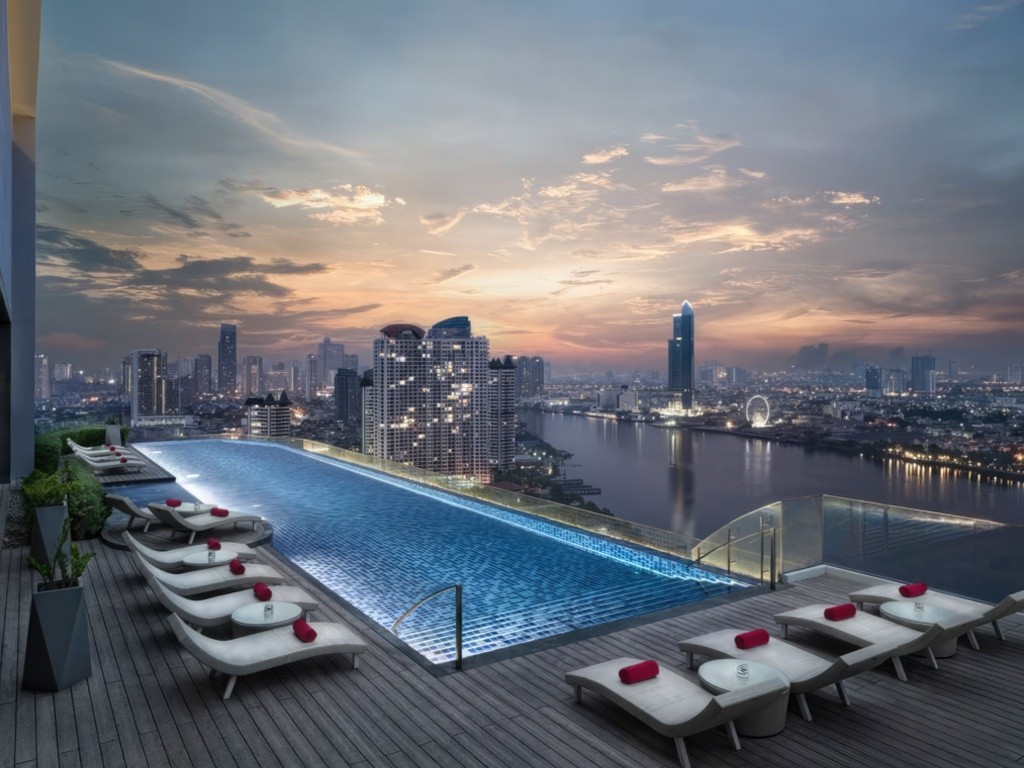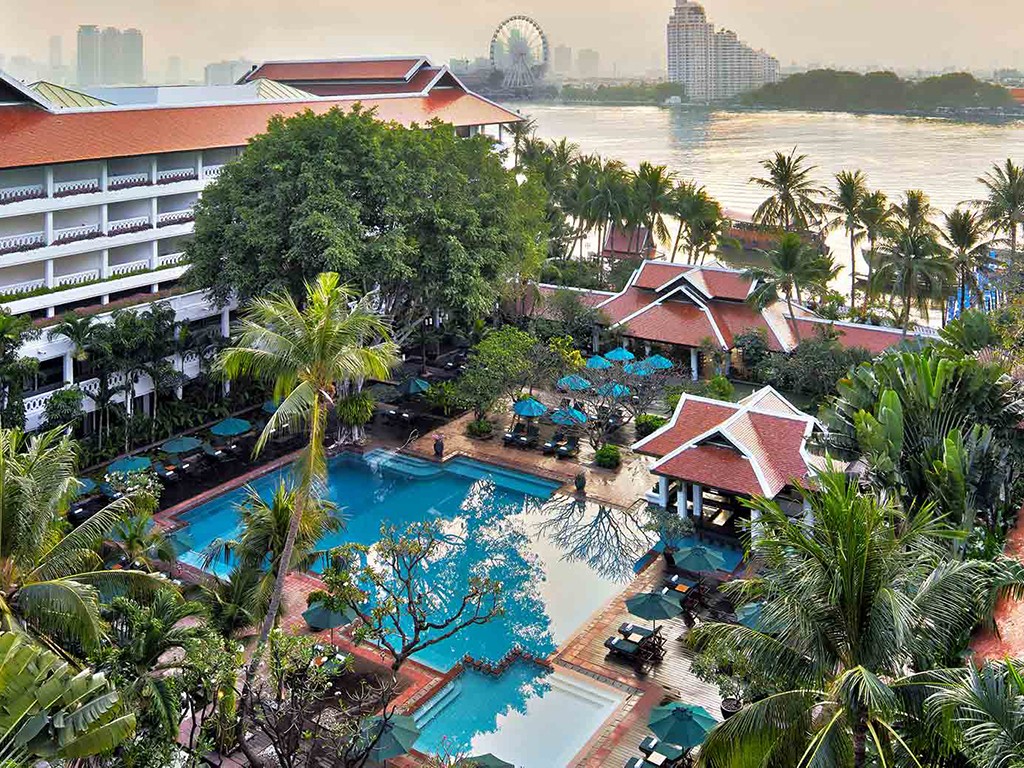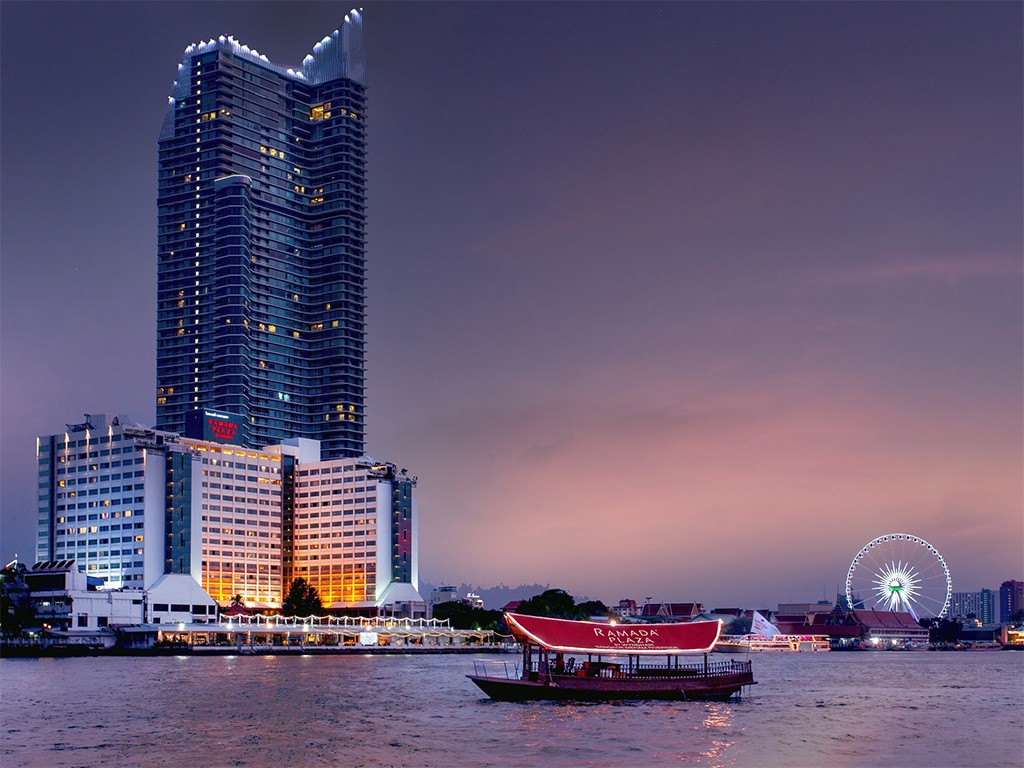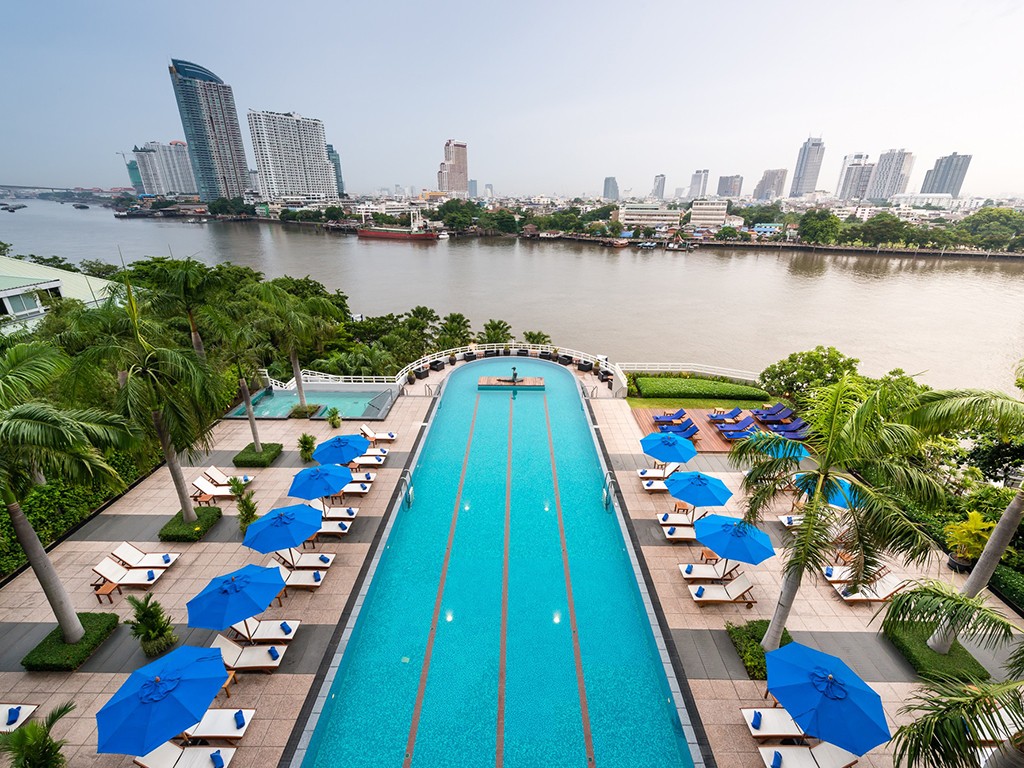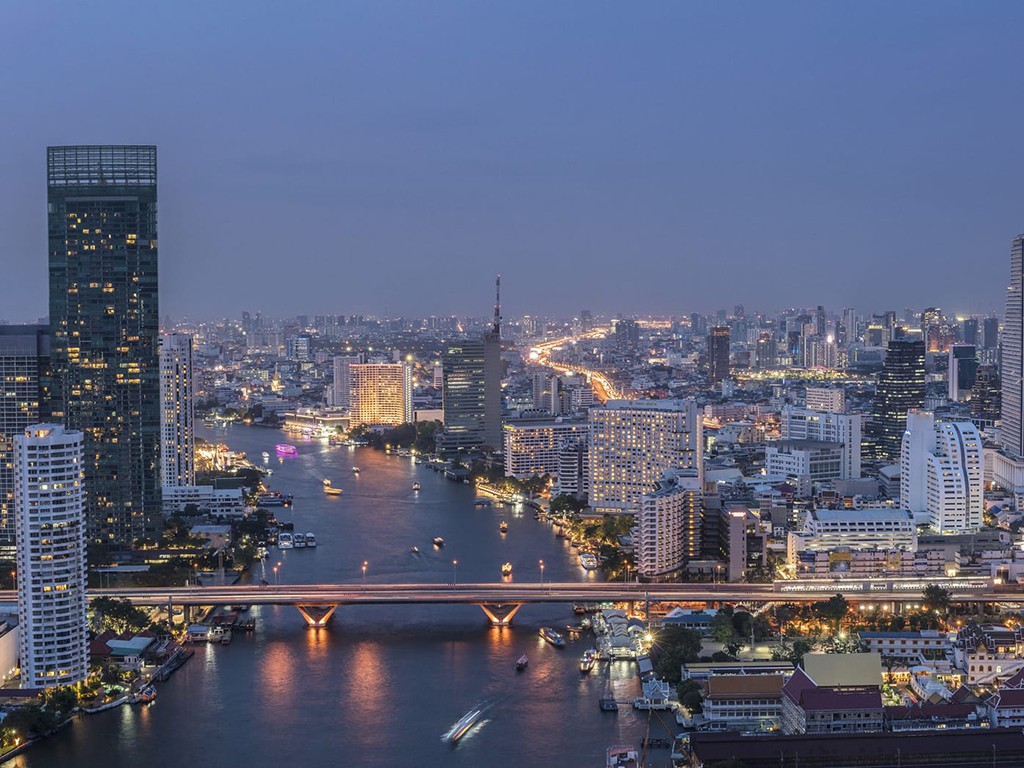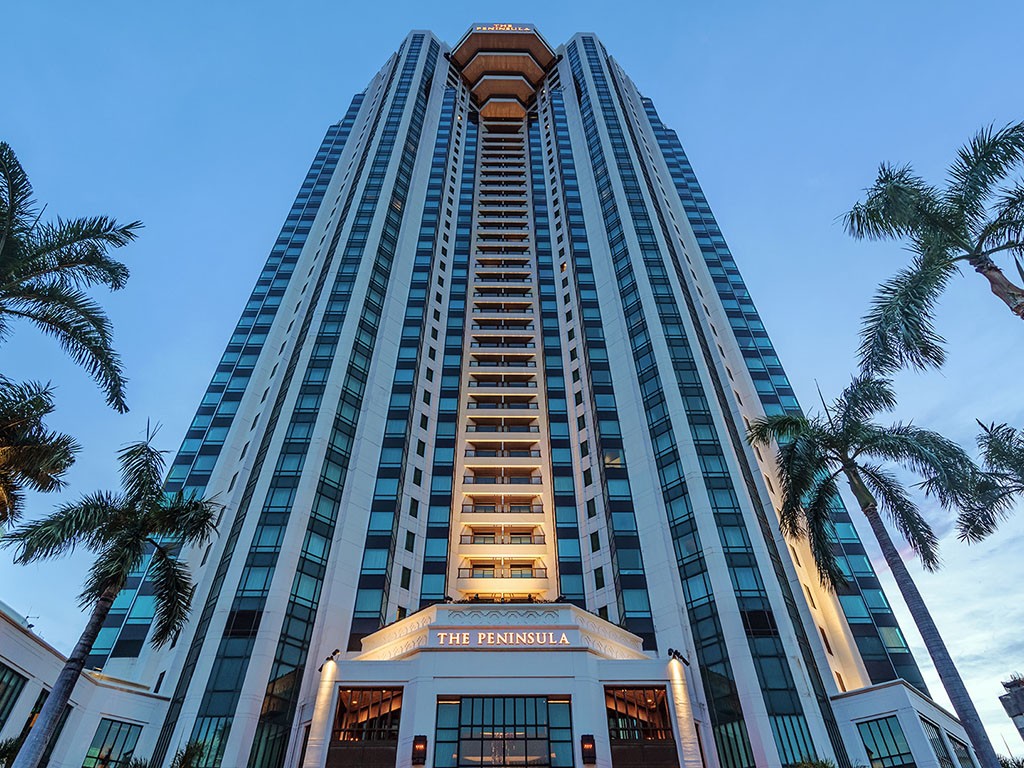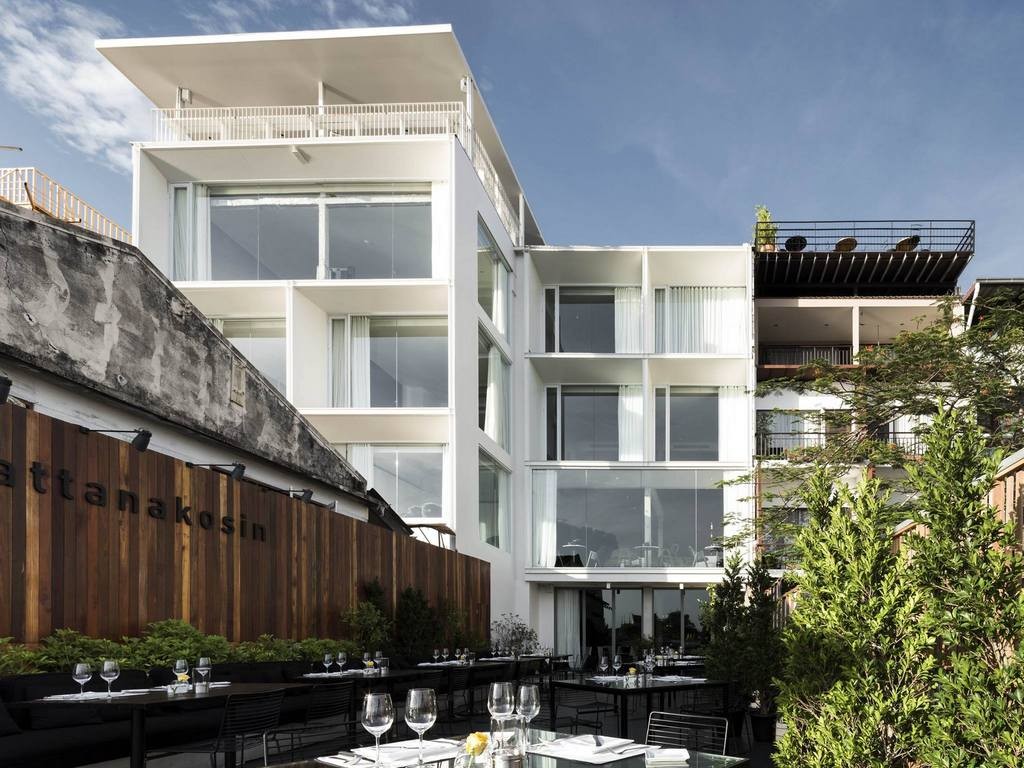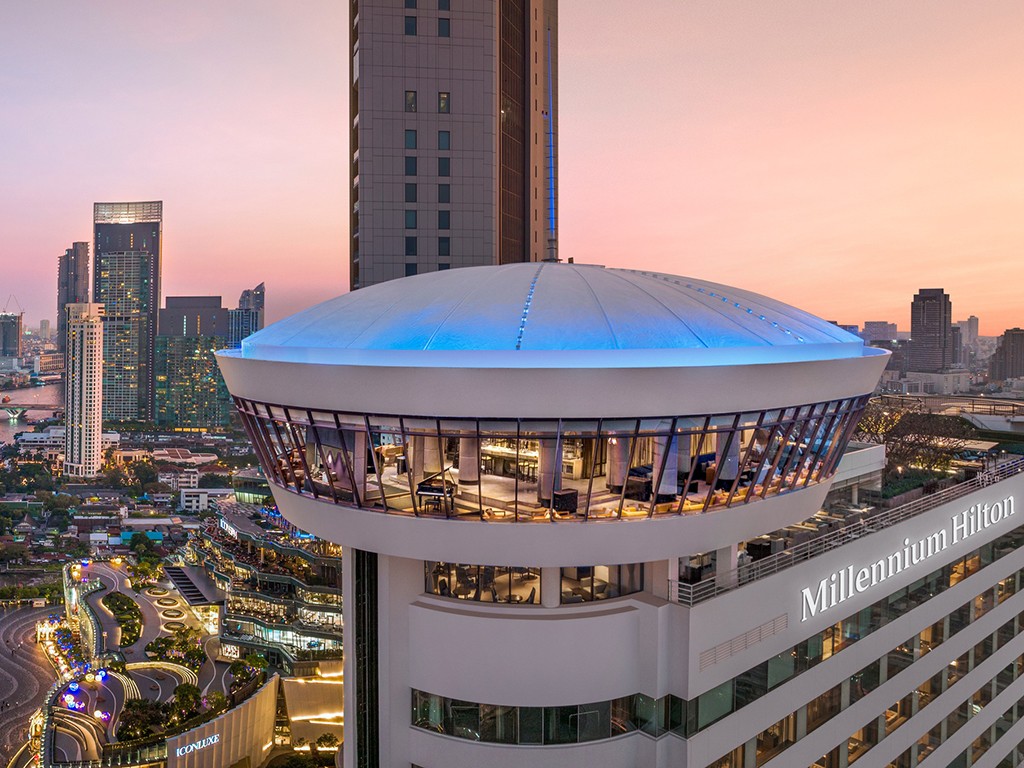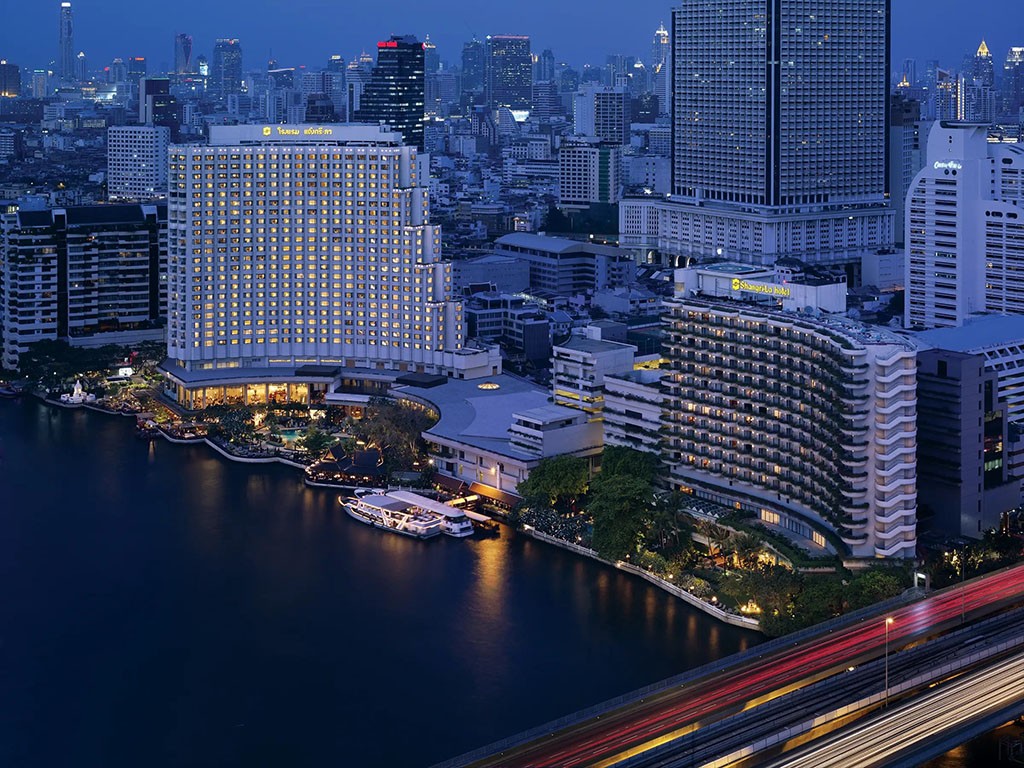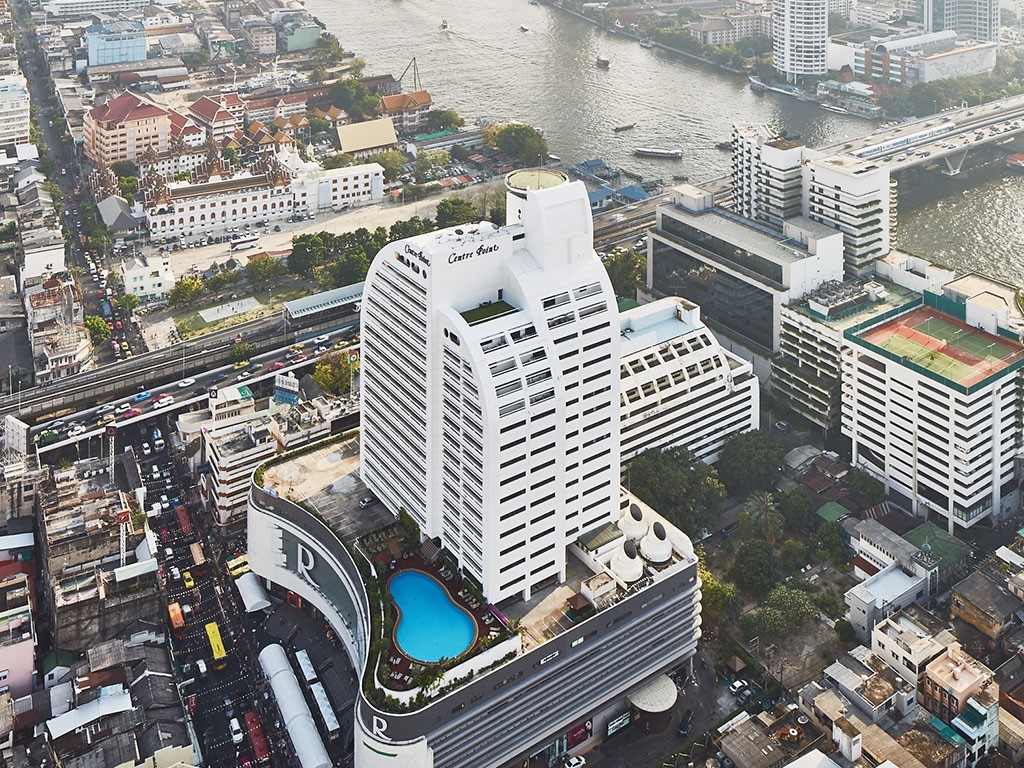“The Chinese-style ordination hall decorated with Chinese glazed tiles and inscribed Chinese poetry makes Wat Ratcha Orasaram Ratchaworawihan uniquely distinctive.”
Wat Ratcha Orasaram Ratchaworawihan is a first-class royal temple under the Dhammayut sect, located beside Khlong Dan in Chom Thong District, Bangkok. Originally named Wat Chom Thong, it dates back to the Ayutthaya period.
When King Rama III (King Nangklao), who once ordained as a monk here, ascended the throne, he ordered a complete renovation of the temple and renamed it "Wat Ratcha Orasaram", meaning “Temple of the Royal Son,” honoring his status as the son of King Rama II.
A defining feature is the Chinese-style ordination hall, unlike typical Thai temples. The building lacks traditional Thai roof finials but is adorned with vivid Chinese glazed tiles and intricate Chinese designs, reflecting King Rama III’s admiration of Chinese culture.
Another remarkable aspect is the absence of traditional Thai mural paintings inside; instead, the walls are decorated with ancient Chinese poems inscribed on glazed tiles, a unique artistic fusion rarely seen in other temples.
The ordination hall enshrines Phra Phuttha Phimol Mongkol, a large and serene Sukhothai-style Buddha statue in the Mara Vichai posture, revered for its sacredness and artistic value.
The temple grounds also feature Chinese-style pagodas, pavilions, and curved gates decorated with dragons and traditional Chinese floral motifs, giving the temple a distinctive Sino-Thai atmosphere that illustrates early Rattanakosin cultural ties.
The temple serves as a center for Buddhist education and meditation, offering a tranquil environment suitable for students, scholars, and those seeking spiritual calm.
Wat Ratcha Orasaram Ratchaworawihan is a significant royal temple combining art, literature, and devotion harmoniously, making it a must-visit site for history, art, and Buddhist devotees.
How to Get There
-
By car: Take Ekachai Road and turn into Soi Ekachai 4. Parking is available inside the temple grounds.
-
By public transport: Bus routes 43, 120, or 169 stop near the soi entrance; then take a motorcycle taxi to the temple.
-
Parking fee: Free, but parking space is limited.
Travel Tips
-
Visit in the morning for a peaceful atmosphere and cooler weather.
-
Dress modestly as this is a royal temple.
-
Photography is allowed in general areas, but avoid loud noises and respect monks and practitioners.
-
Ideal for those interested in Sino-Thai art and historical temples.
Admission Fee
- Free entry
Opening Hours
- Open daily from 6:00 AM to 6:00 PM



























